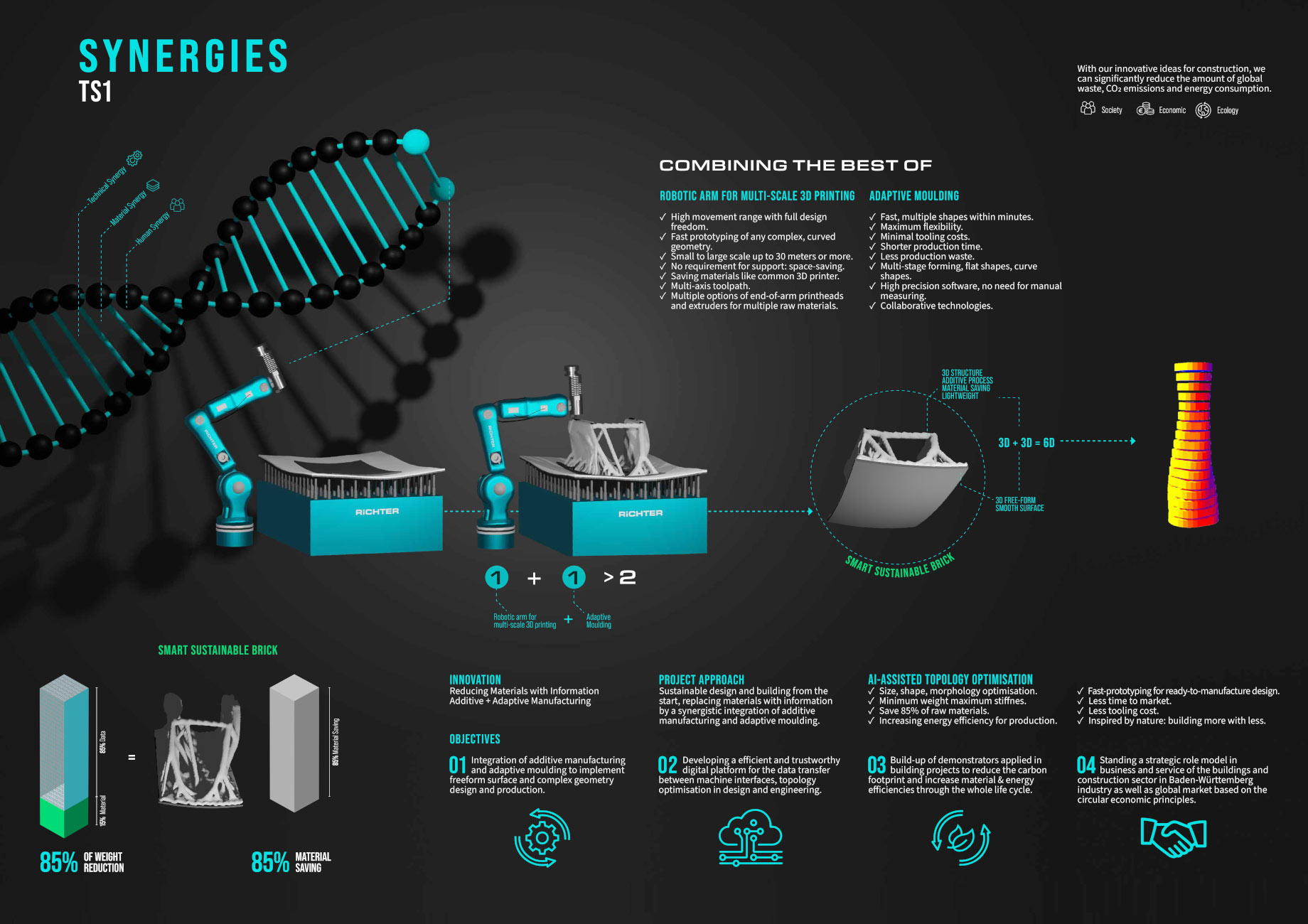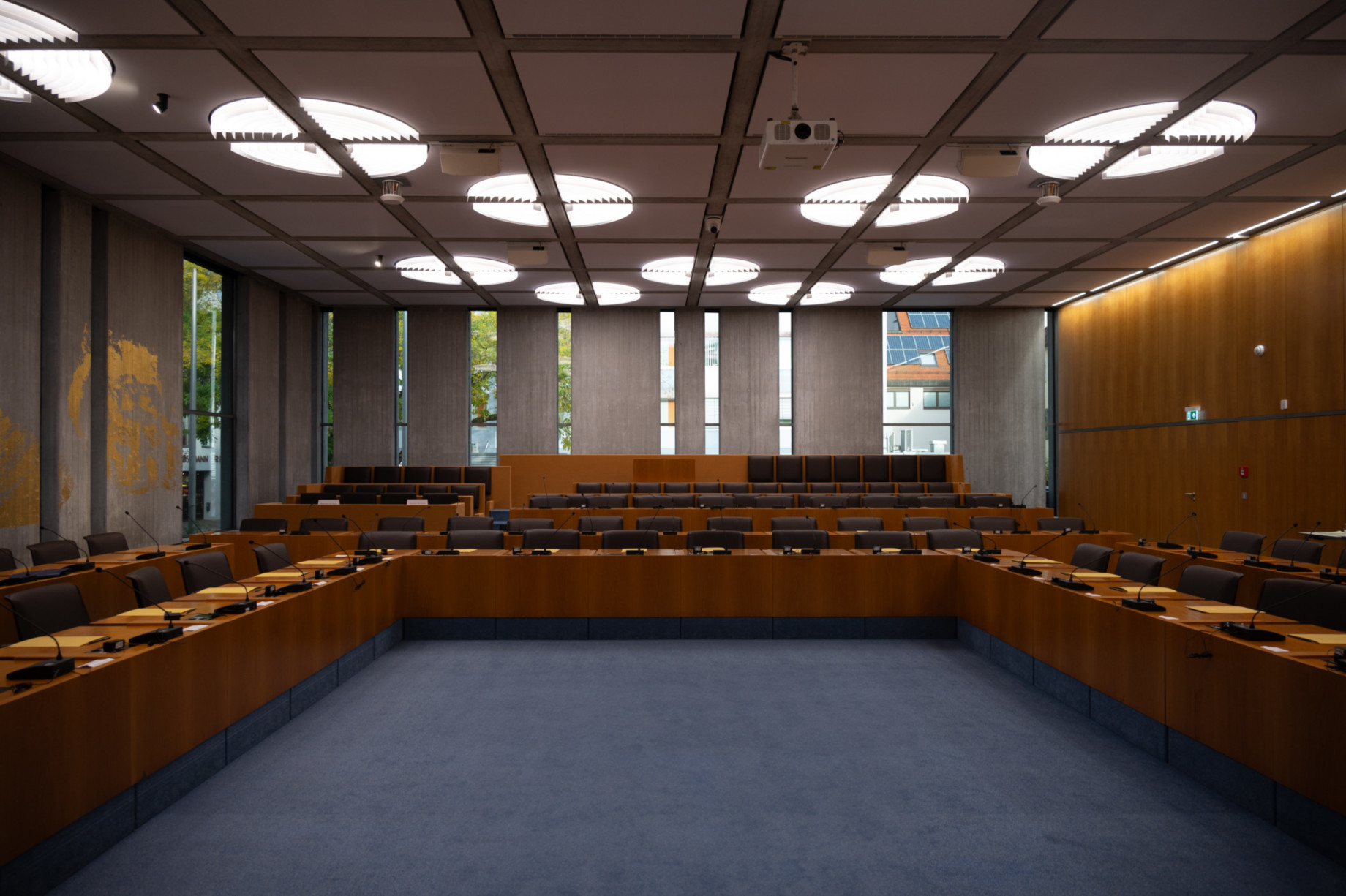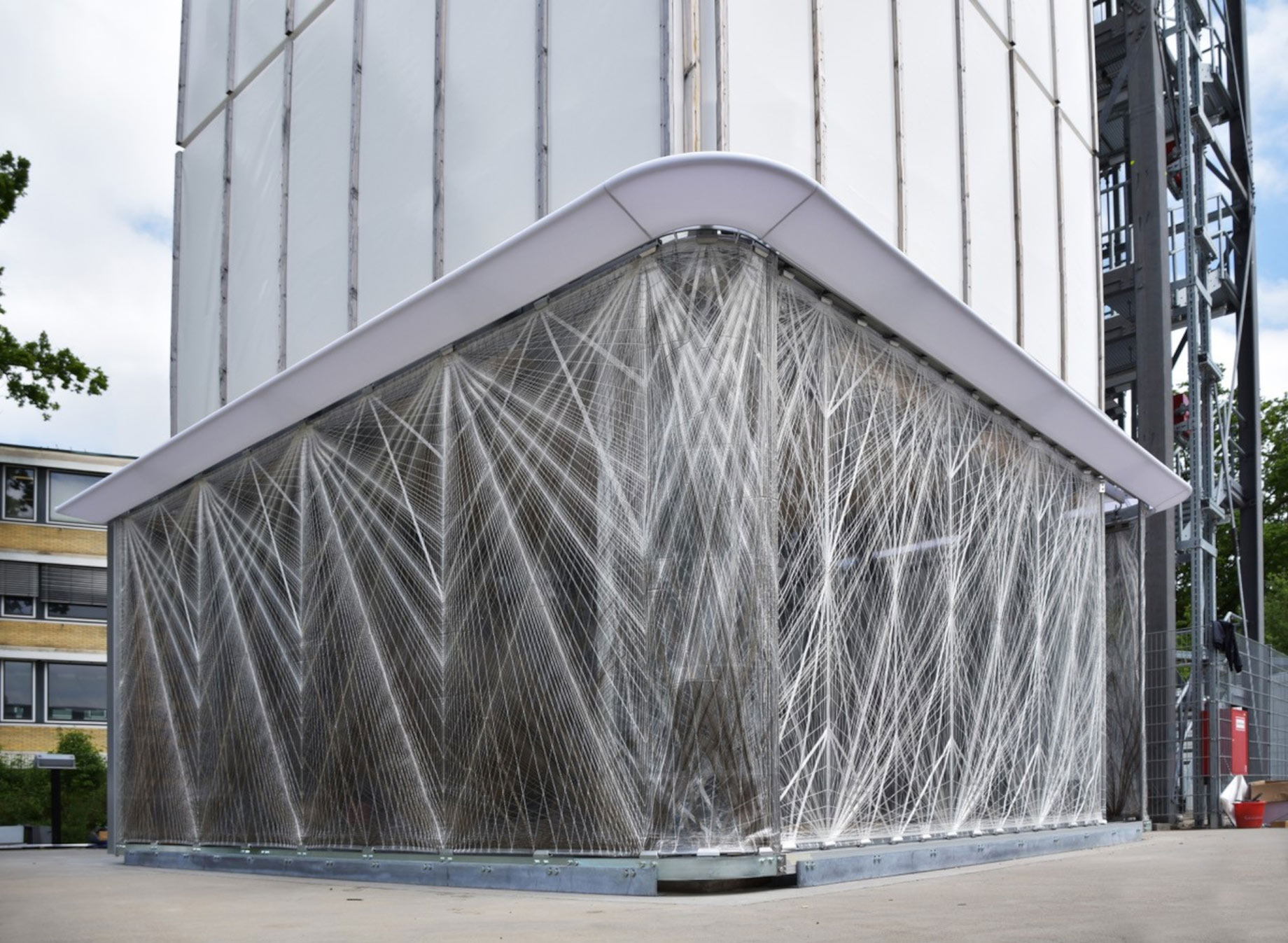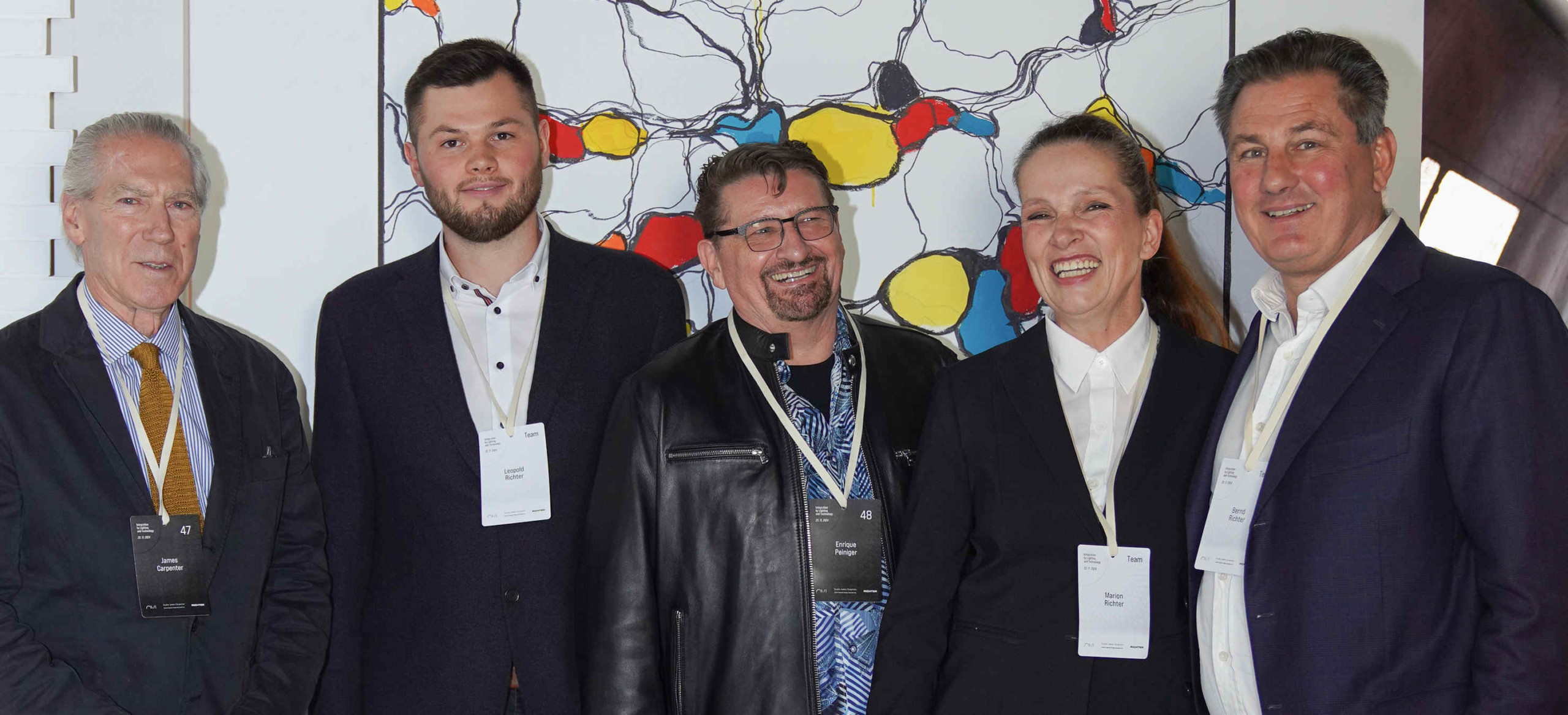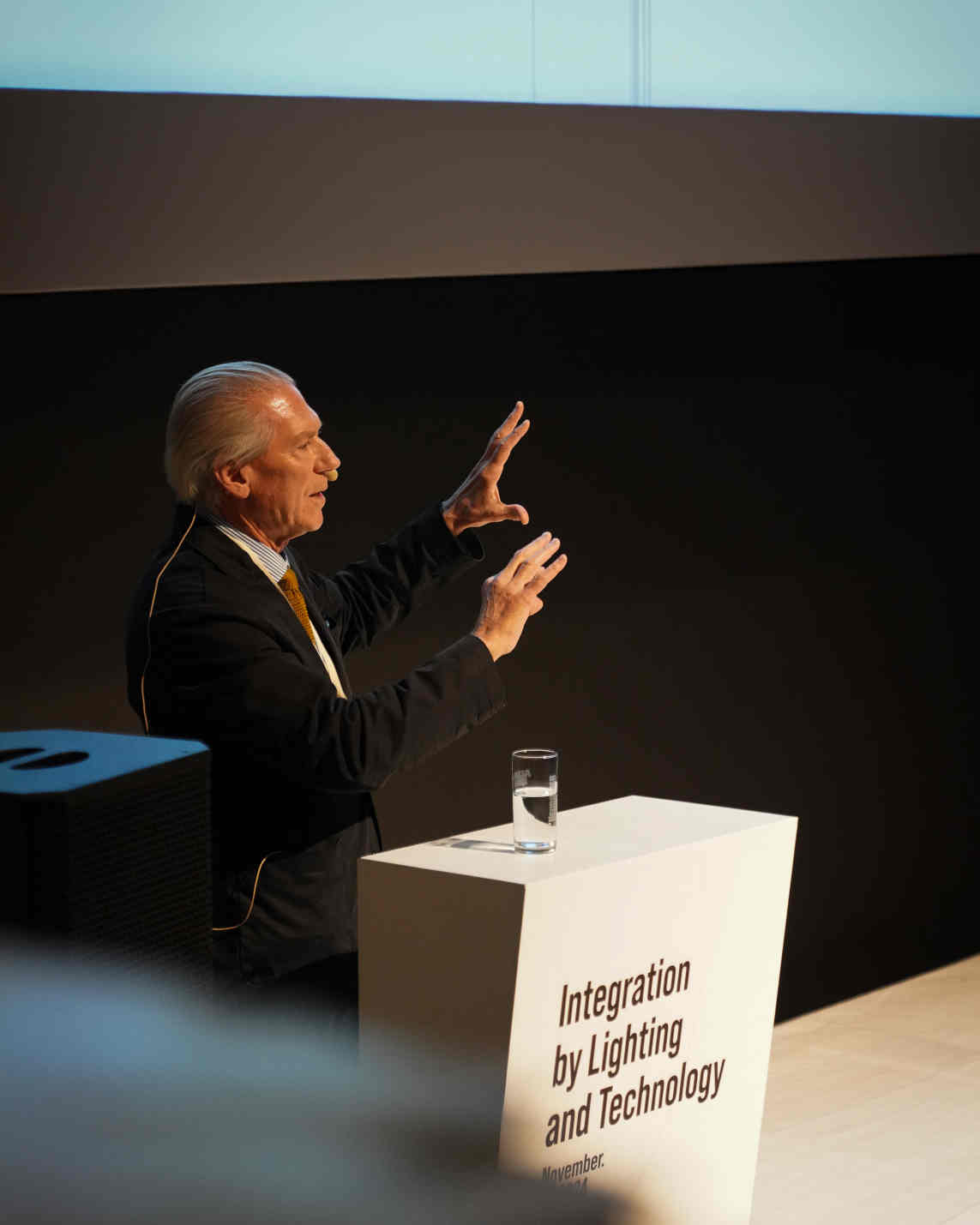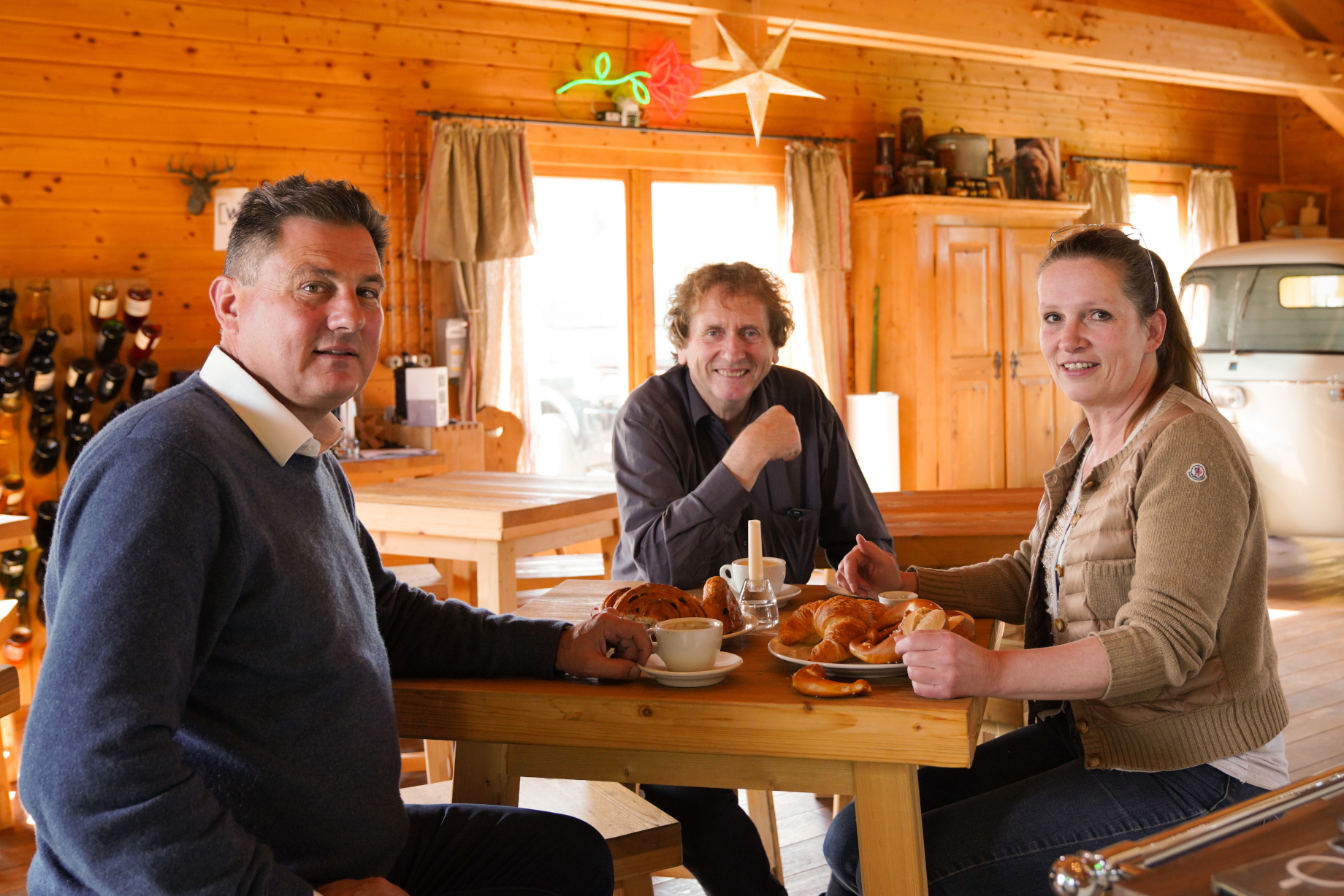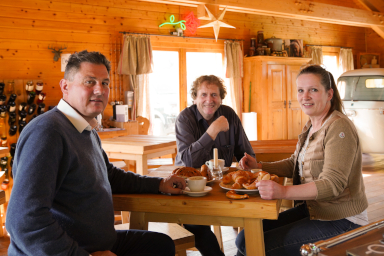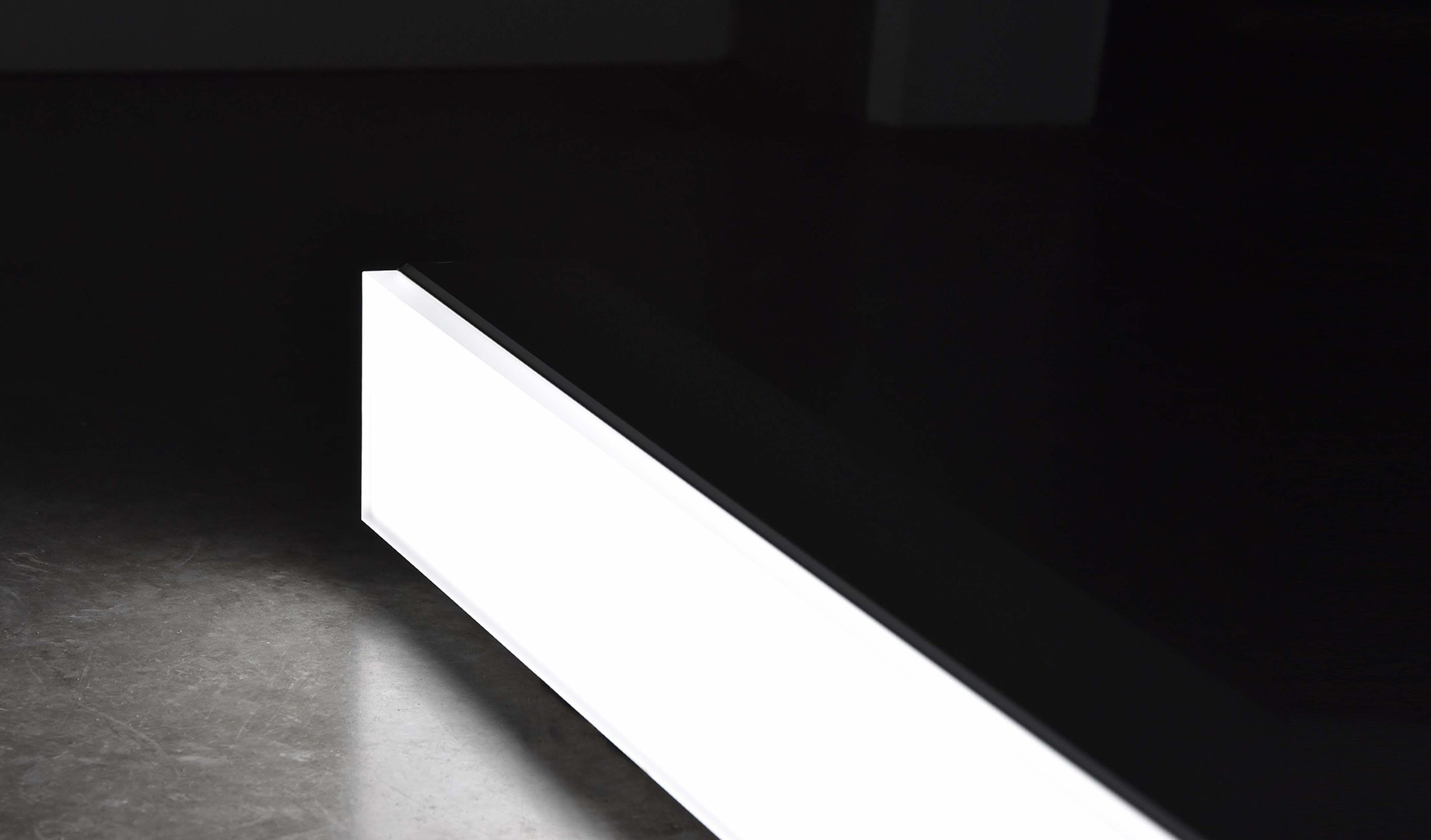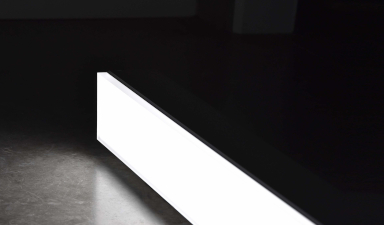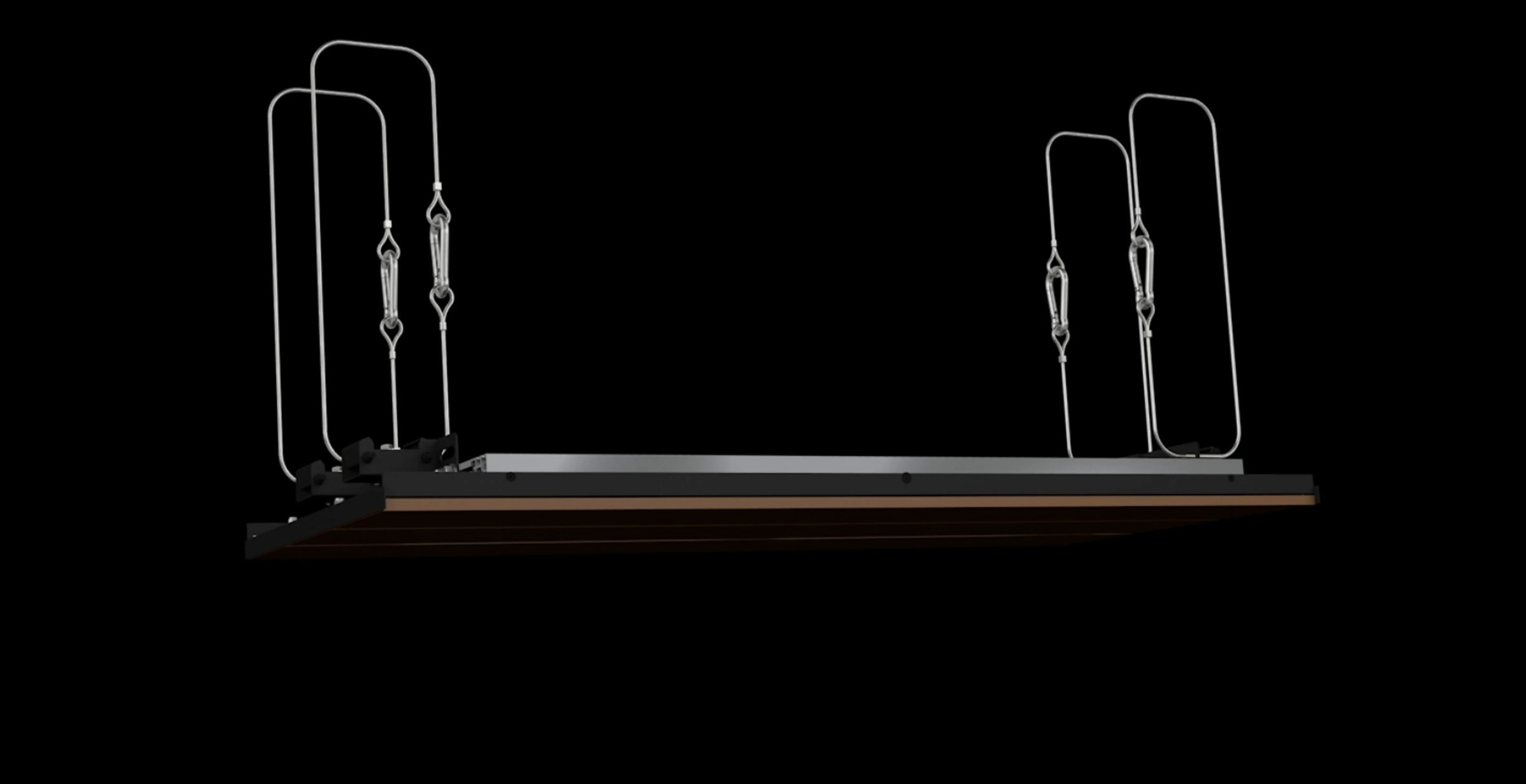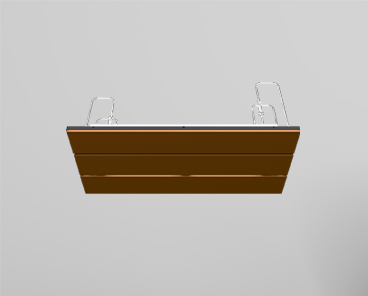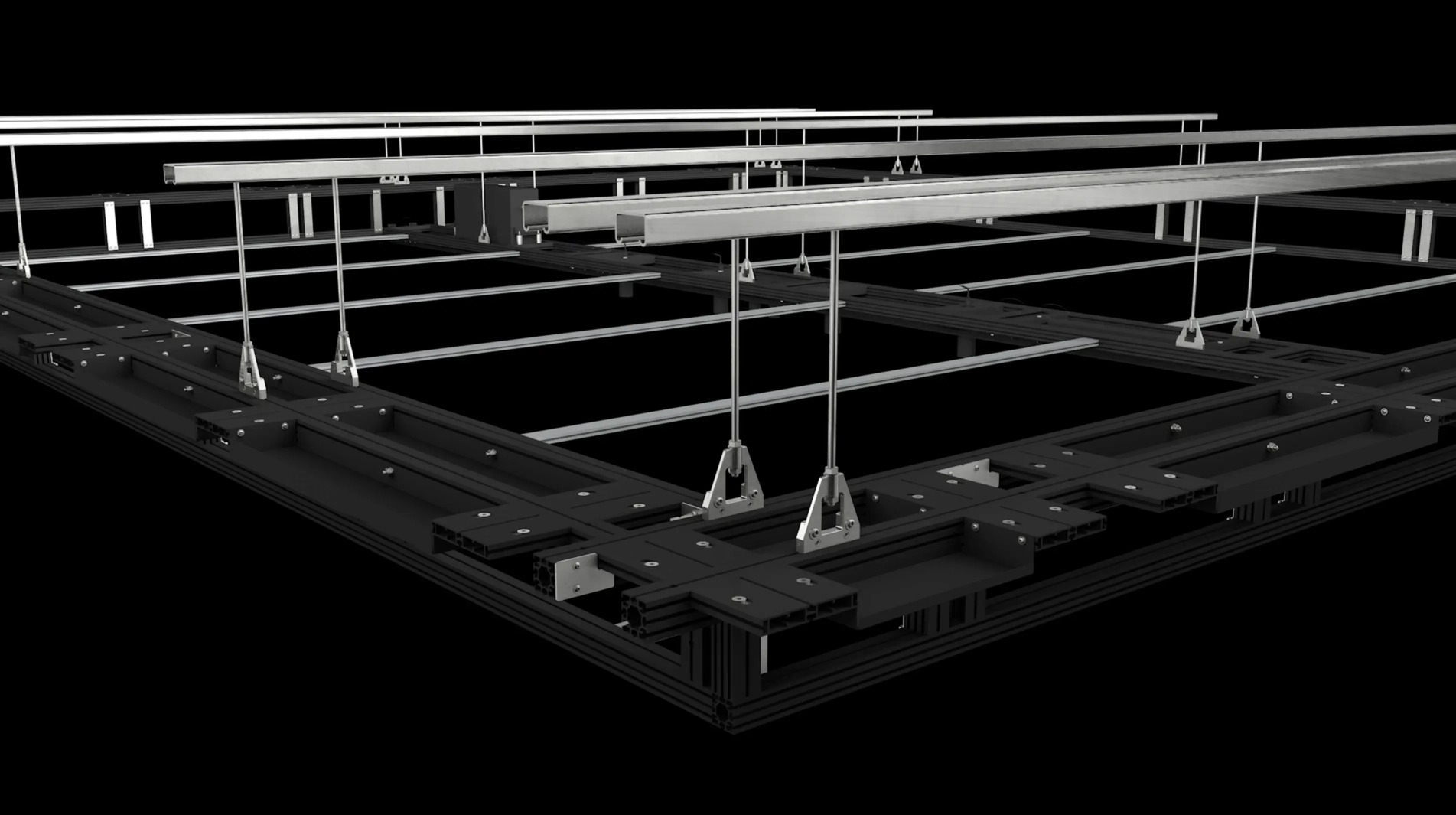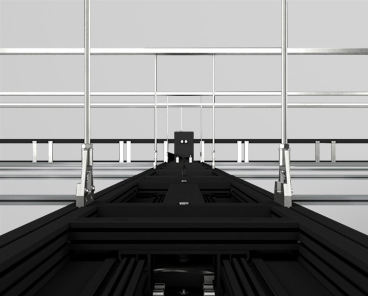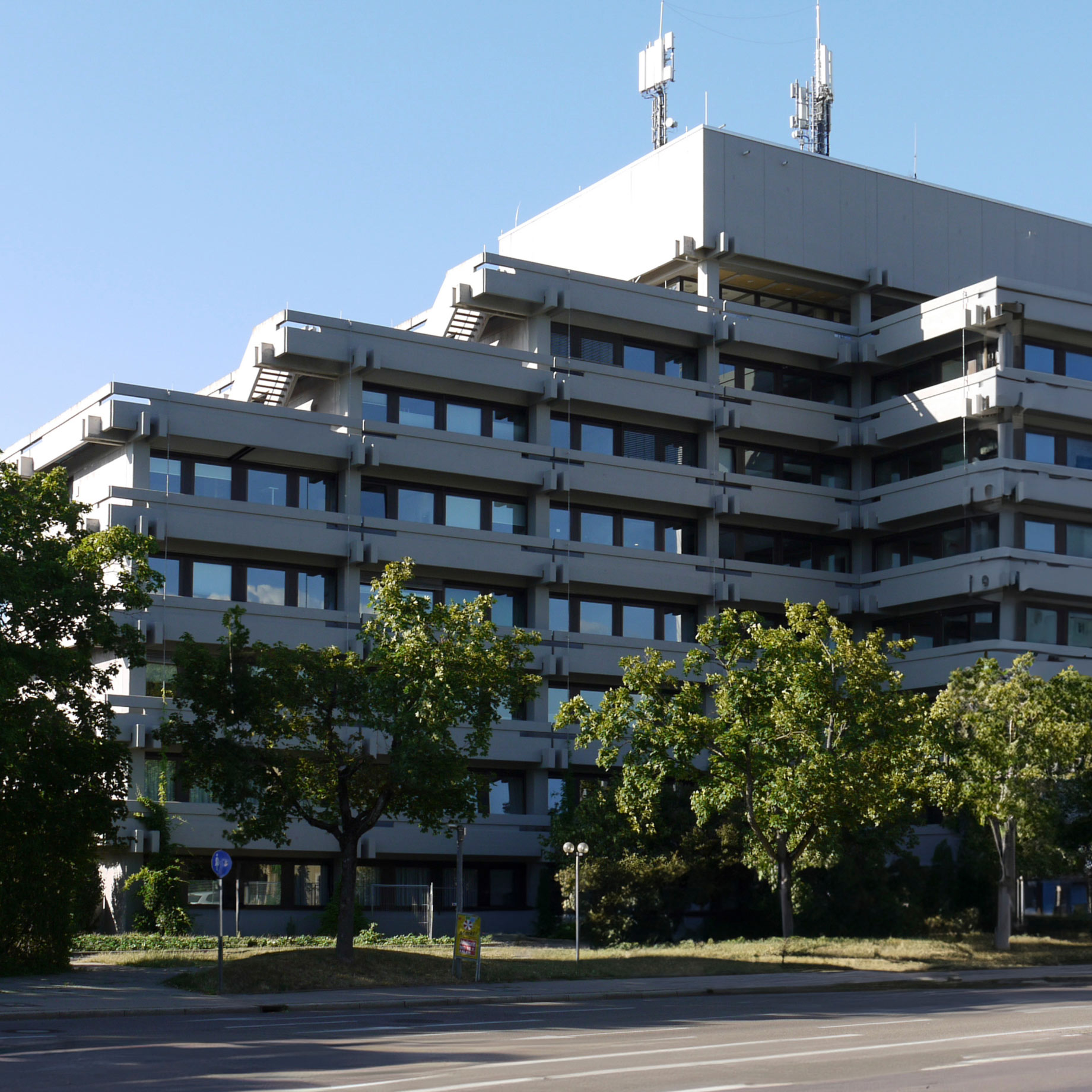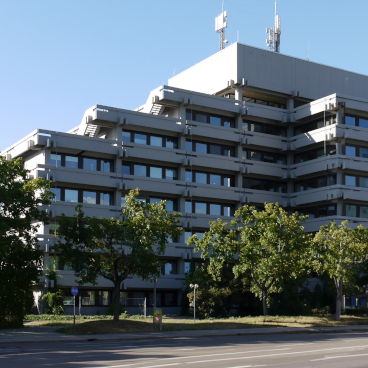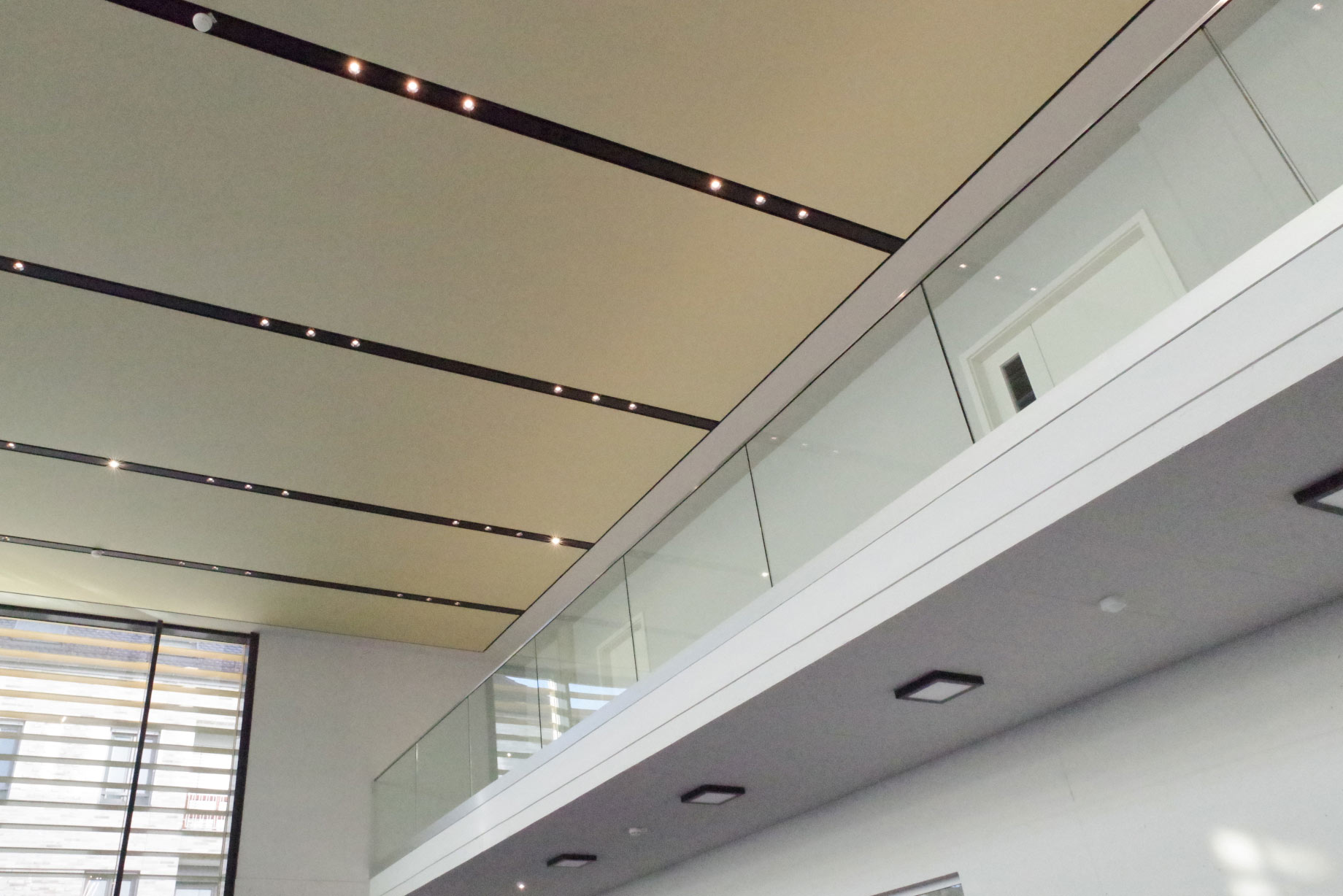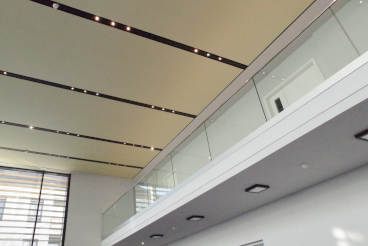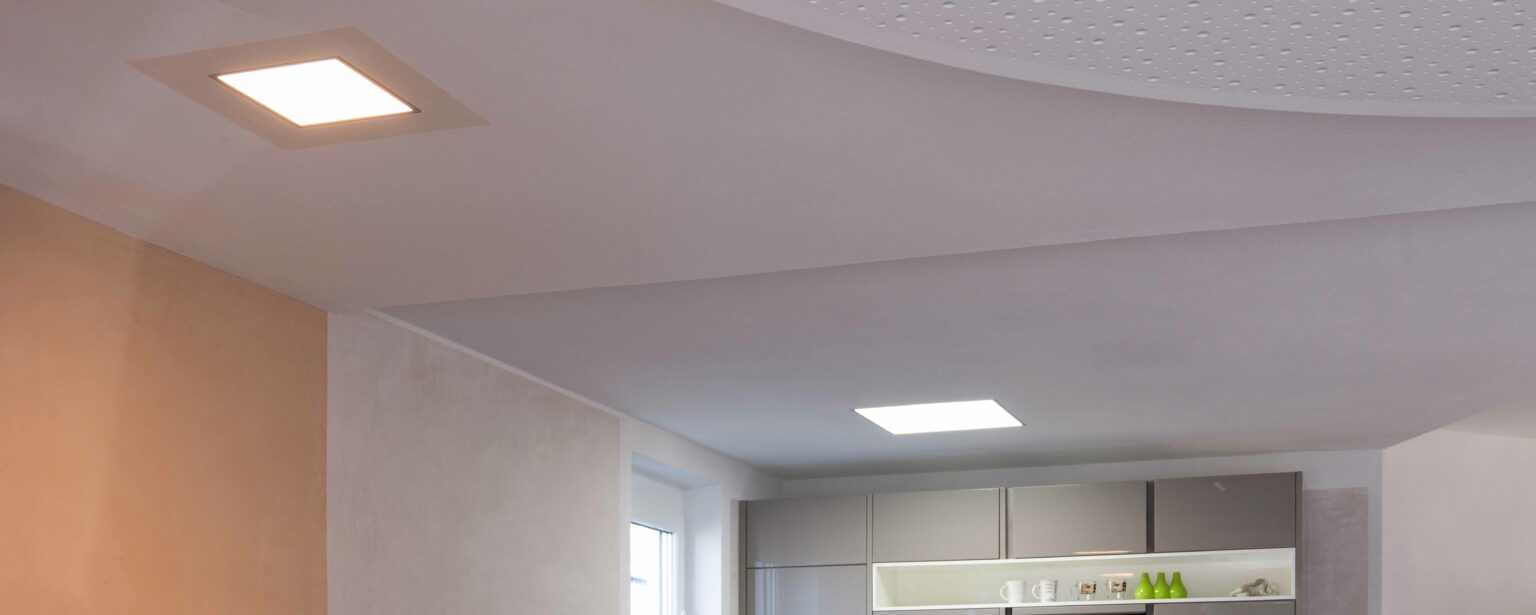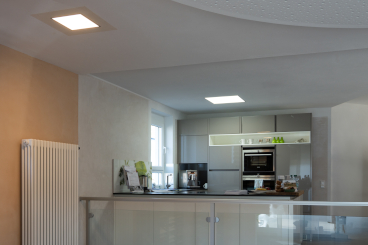In This Article
Share
Achieving global goals through local collaboration
Worldwide, 50 percent of waste comes from the construction and demolition sector. Buildings and construction projects are responsible for nearly 40 percent of global greenhouse gas emissions. Additionally, 20 to 45 percent of energy consumption in the construction sector is attributed to lighting (data from our actions of sustainability documentation)
Our goal is to significantly reduce carbon emissions and energy consumption associated with buildings and construction projects. For this reason, we have been driving innovation for almost 30 years to contribute to sustainable development in ceiling and lighting technology. We have initiated numerous research initiatives and equipped numerous buildings with our sustainable architectural solutions to reduce the negative impact of buildings on the environment.
One such project is the “Top-wall-Material Reduction through Information” project, which received funding from the state of Baden-Württemberg to facilitate its successful completion. This endeavor is the brainchild of our CEO, Bernd Richter. Its core aim is to minimize material usage and achieve weight reduction of up to 85% through the use of AI. It involves a synergistic integration of additive manufacturing, adaptive moulding, and topology optimization in design to reduce the CO2 footprint and increase material and energy efficiency throughout the construction cycle.
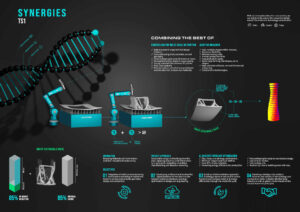
Richter also actively participated in the renovation of Aalen City Hall. Through our solutions in lighting and acoustics, we actively contributed to creating a space where work can be done more productively and with better concentration. Additionally, by switching from halogen to LED lighting, energy efficiency was greatly improved without altering the classic design.

A retrofitted Rathaus Aalen with Richter LED light fixtures
Richter also equipped the Innovation Lab of the FEM Research Institute in nearby Schwäbisch Gmünd, demonstrating that sustainability and design are not contradictory.
With the demonstrator high-rise building constructed at the University of Stuttgart, in which Richter was involved in planning and supplying components for the modular canopy, the region has realized a revolutionary project for greater sustainability.
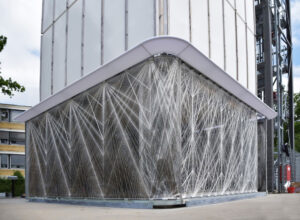
Here, building materials were saved exactly where they were not needed. This concept, with international significance, clearly shows that more resource-efficient construction will be possible in the future.
These and many other regional projects reflect Richter’s global vision of always finding the best architectural solution for our customers without neglecting our responsibility to advance sustainable development.
If you are an architect you can now download our comprehensive sustainability report. Explore our six focus areas, innovative material selection strategies, detailed prefabrication processes, and much more. Discover sustainable solutions by visiting our solutions catalog today!
GALLERY
In This Article
Share


